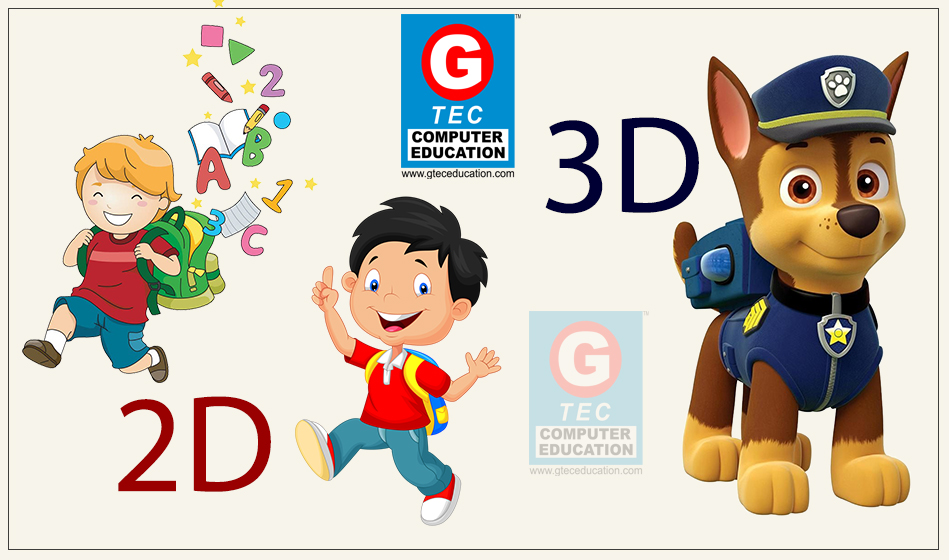


Description - 2D & 3D Courses in Ambattur
2D animation is a form of animation that creates the illusion of movement in a two-dimensional space. It involves creating a sequence of images or frames, where each frame represents a slight progression of the movement. When these frames are played in rapid succession, it gives the appearance of continuous motion.
